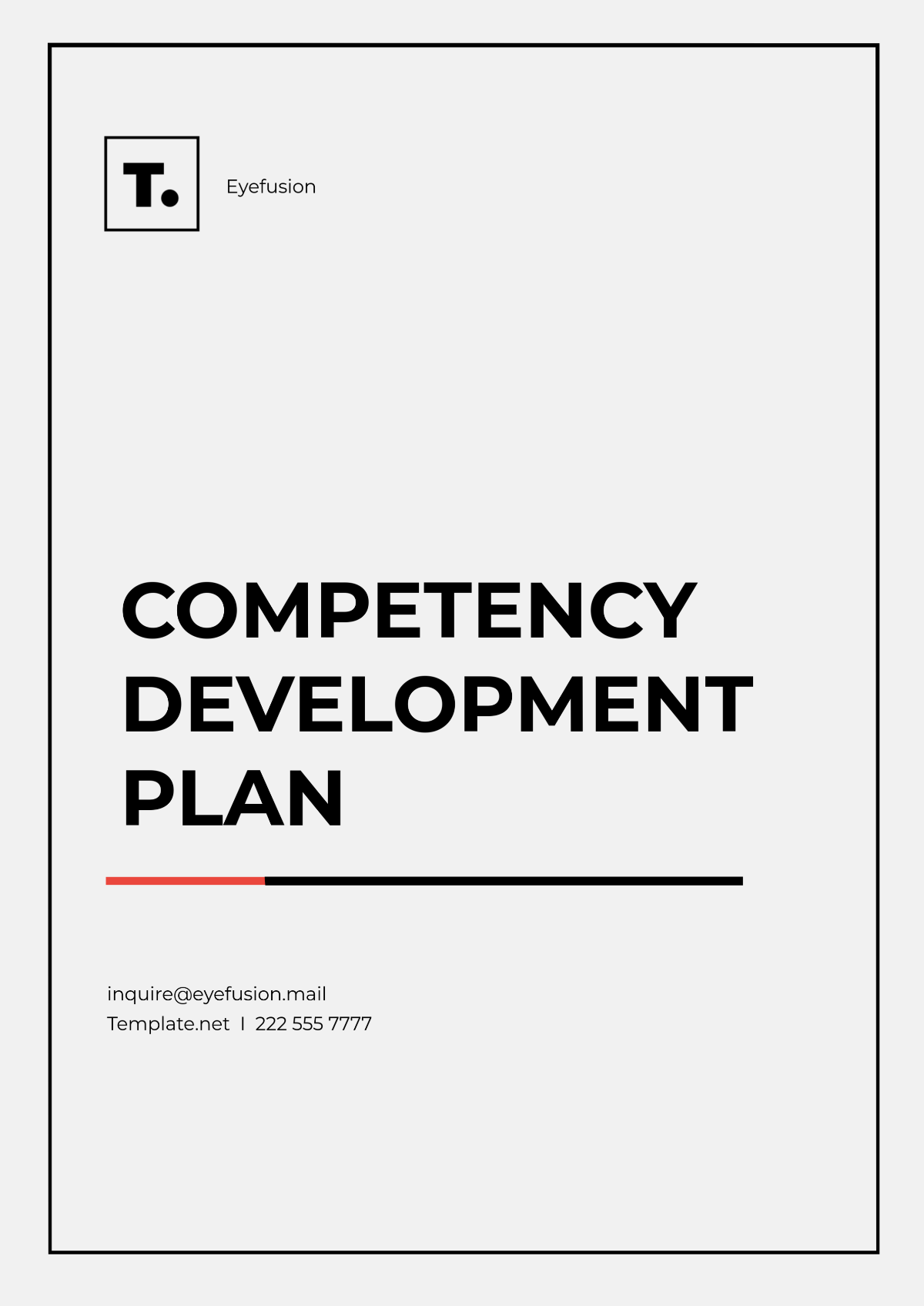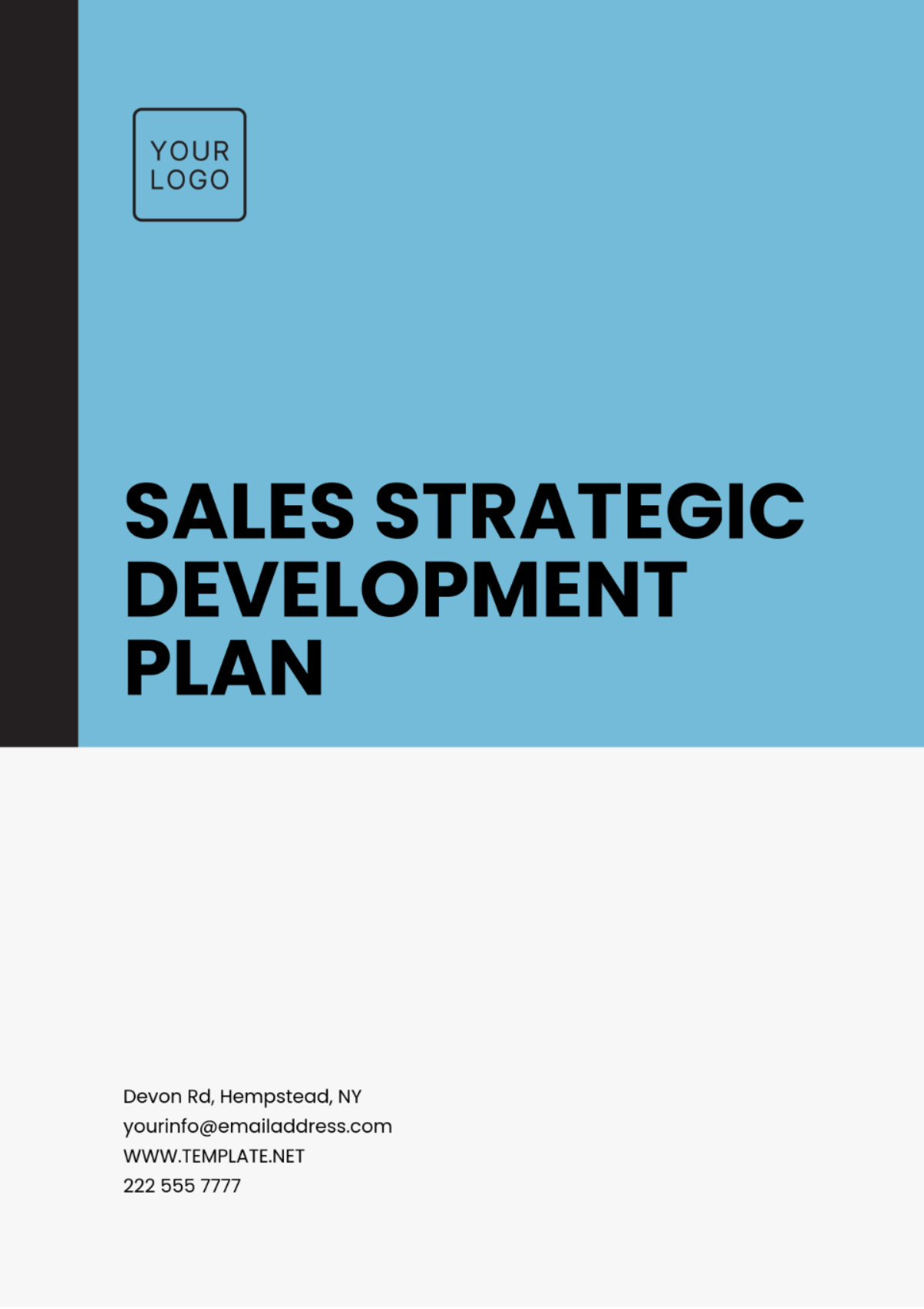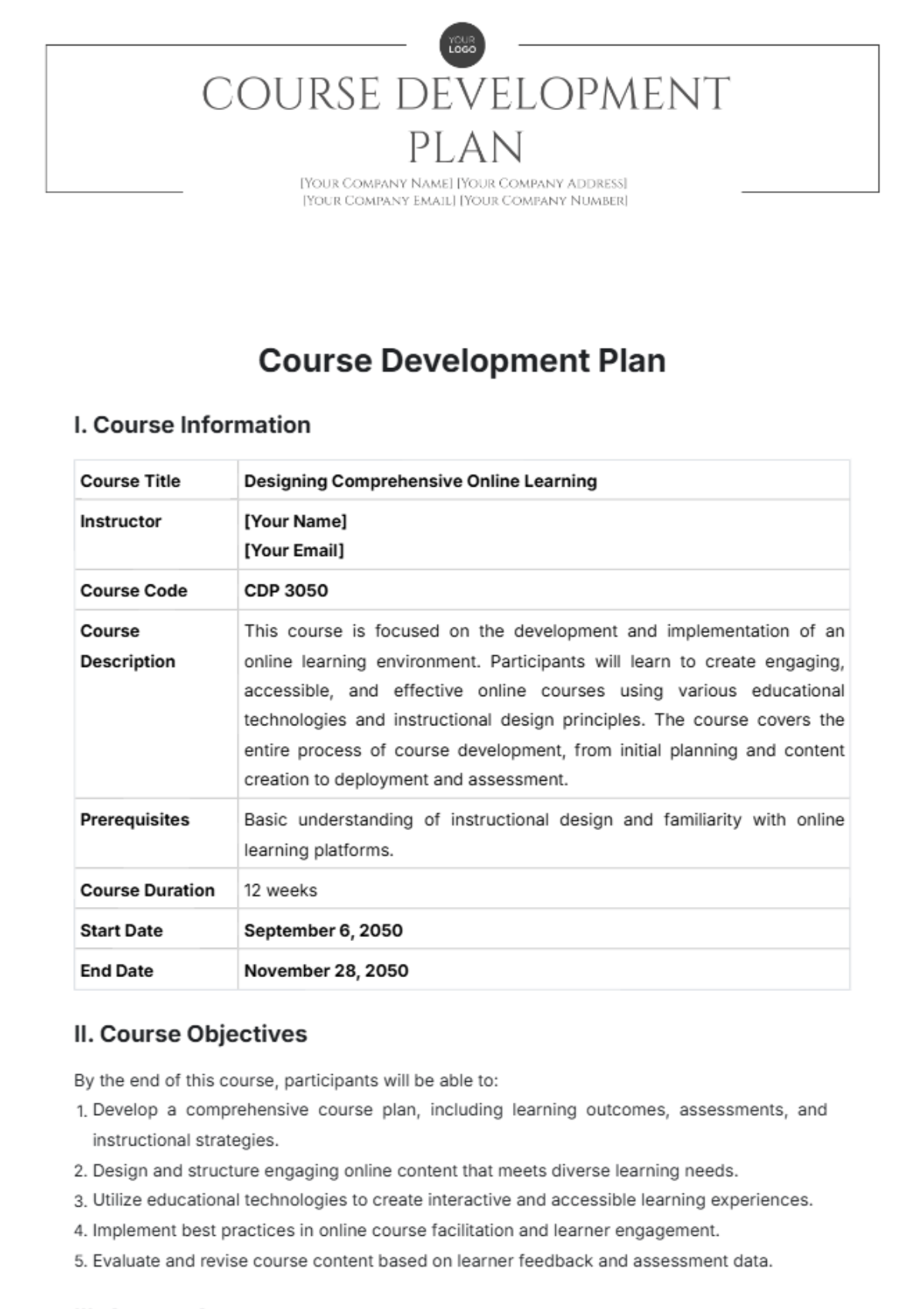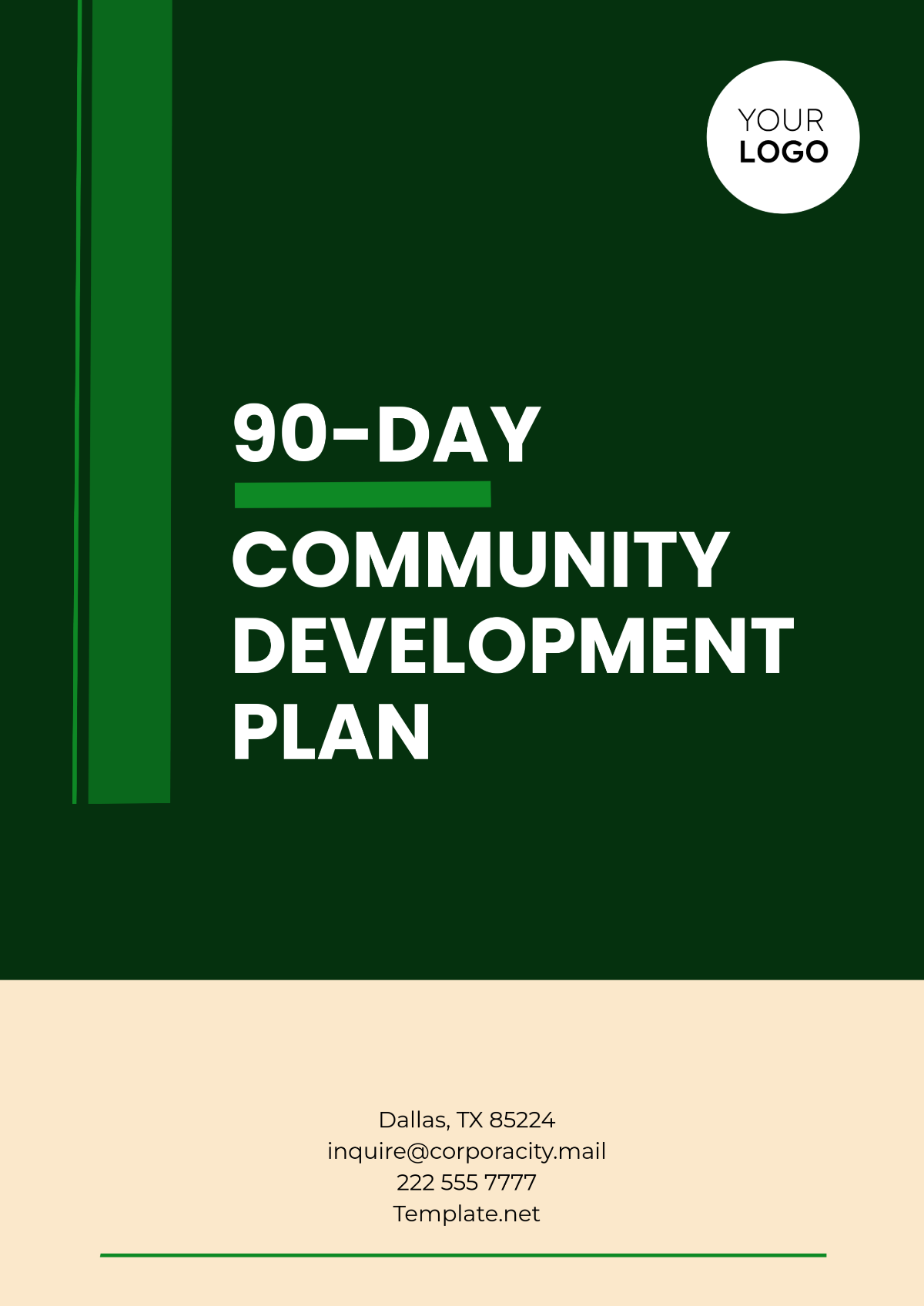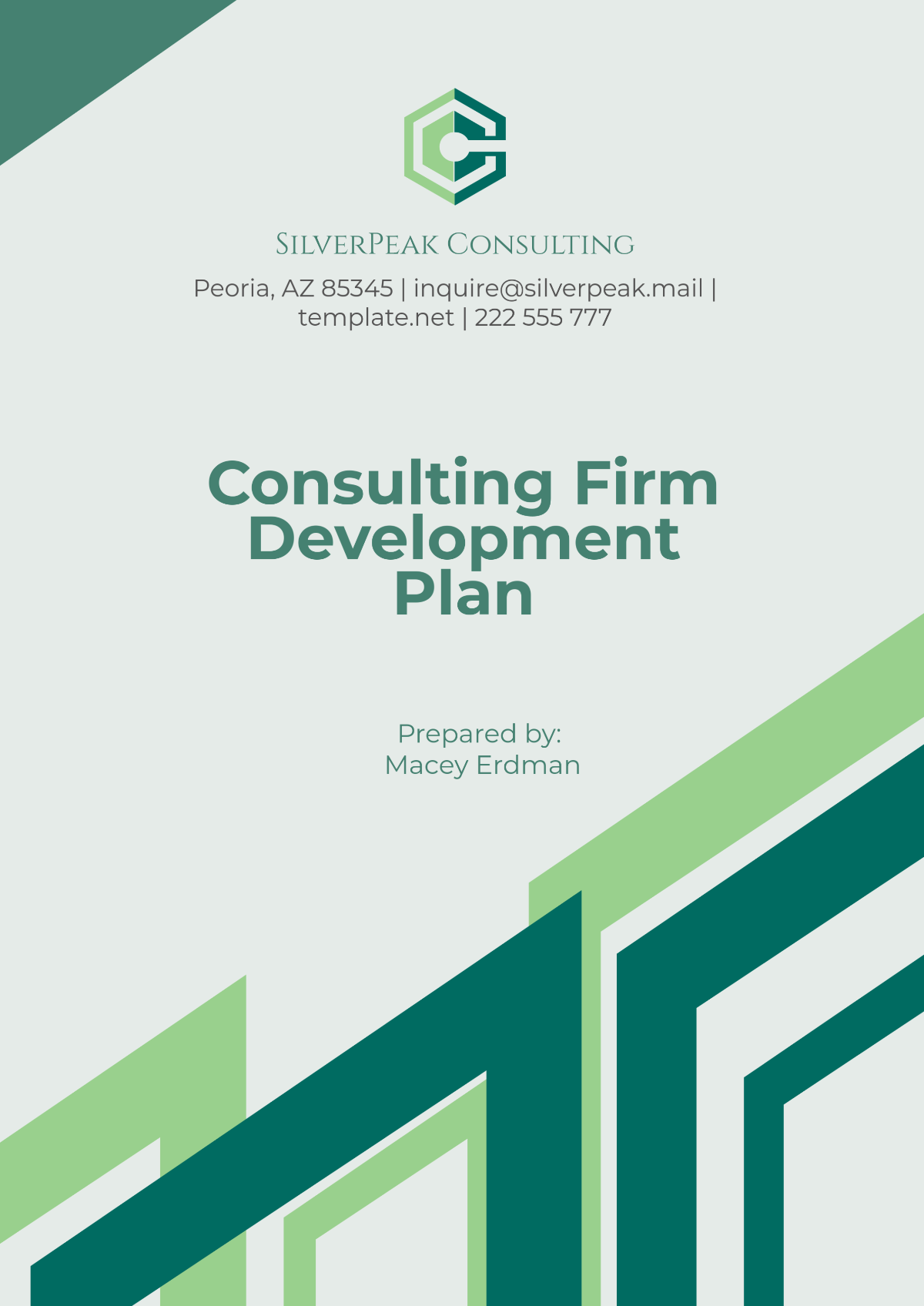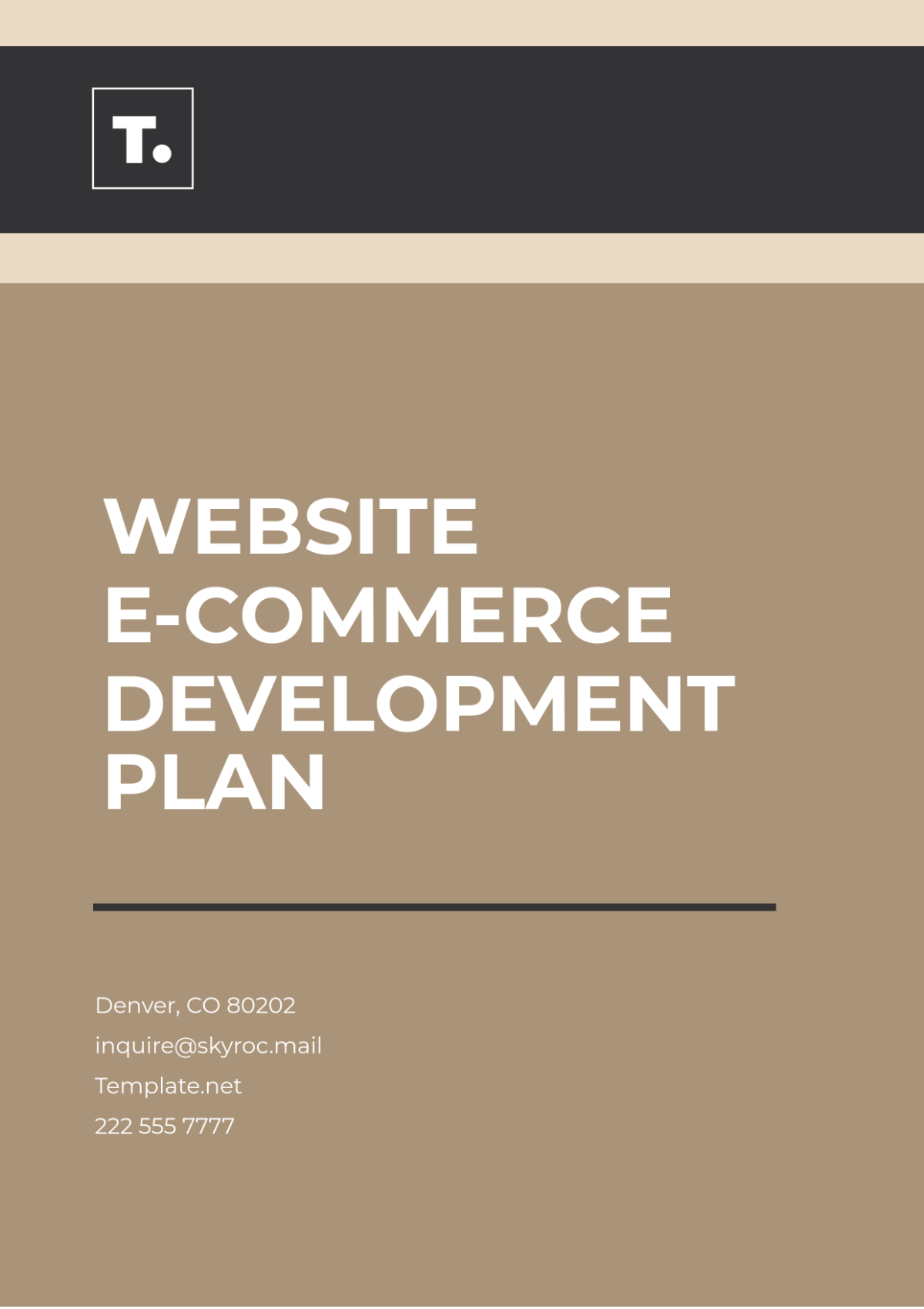Agriculture Pricing Model Development Plan
I. Introduction
A. Overview of the Agriculture Pricing Model
At [Your Company Name], developing a robust Agriculture Pricing Model is crucial to effectively managing pricing strategies across various agricultural products. This model aims to optimize pricing decisions to balance profitability with market competitiveness and stakeholder satisfaction.
B. Purpose and Objectives of the Pricing Model Development Plan
The primary purpose of this plan is to design, implement, and refine an agriculture pricing model that enhances [Your Company Name]'s ability to set competitive prices while considering market dynamics and stakeholder needs. The objectives include:
Establishing transparent pricing mechanisms
Improving profitability margins without compromising market share
Enhancing stakeholder satisfaction through fair pricing
Adapting pricing strategies to changing market conditions
C. Scope of the Plan
This plan encompasses research, analysis, development, implementation, testing, and ongoing monitoring of the agriculture pricing model. It will focus on key agricultural products within our portfolio, ensuring scalability and adaptability across different market segments and regions.
II. Research and Analysis
A. Market Analysis
To develop an effective pricing model, it's essential to analyze current market trends and competitor pricing strategies. By understanding these dynamics, [Your Company Name] can identify opportunities and threats, thereby making informed pricing decisions.
Table 1: Current Market Trends in Agriculture Pricing
Market Segment | Trends Observed |
|---|---|
Crop Production | Increasing input costs; fluctuating crop yields |
Livestock Farming | Stable demand; price volatility due to feed costs |
Organic Agriculture | Growing consumer preference; premium pricing opportunities |
Global Market | Trade policies impacting export prices |
B. Stakeholder Analysis
Identifying and understanding key stakeholders such as farmers, distributors, and consumers is crucial. Each group has distinct needs and preferences that influence pricing decisions and market acceptance of our products.
Table 2: Stakeholder Analysis
Stakeholder Group | Needs and Preferences |
|---|---|
Farmers | Fair prices; reliable market access |
Distributors | Competitive pricing; consistent supply |
Consumers | Affordable prices; quality assurance |
C. Data Collection
In order to support the comprehensive development and implementation of the pricing model, [Your Company Name] will employ a diverse array of data collection methods. This strategic approach will encompass the gathering of primary data, which involves directly collecting information through structured surveys and in-depth interviews with various stakeholders who have a vested interest in the project. Furthermore, [Your Company Name] will leverage valuable secondary data by meticulously analyzing existing market reports and industry publications. These sources will provide critical insights and contextual information that are essential for the accurate and effective development of the pricing model. Through this robust and multifaceted data collection process, [Your Company Name] aims to ensure a well-informed, precise, and reliable pricing model that meets the needs of all stakeholders involved.
III. Development of Pricing Model
A. Methodology Selection
The chosen pricing methodology forms the foundation of the pricing model. [Your Company Name] will select a methodology based on market research findings and alignment with organizational objectives.
B. Model Design
The pricing model will be structured to incorporate both cost-based and market-driven factors. It will include components such as production costs, market demand, competitive landscape, and value-based pricing considerations.
Table 3: Components of the Pricing Model
Component | Description |
|---|---|
Cost-Based Pricing | Includes direct costs (e.g., production, distribution) |
Market-Based Pricing | Reflects current market conditions and demand trends |
Value-Based Pricing | Considers perceived value and customer willingness to pay |
C. Pricing Strategy Formulation
The strategy formulation phase involves a comprehensive process where clear pricing objectives are meticulously set, and optimal pricing levels are determined for the agricultural products offered by [Your Company Name]. This thorough approach ensures that the pricing strategy aligns seamlessly with the company's overarching profitability goals. Additionally, it guarantees that the products remain competitive in the market, balancing the need to attract customers with the imperative to achieve sustainable financial performance.
IV. Implementation Plan
A. Timeline and Milestones
The implementation of the pricing model will be phased to ensure smooth integration and minimal disruption to operations. Key milestones will be established to track progress and ensure timely completion.
Table 4: Implementation Timeline
Phase | Activities | Timeline |
|---|---|---|
Phase 1: Planning | Methodology selection; team formation | Month 1 |
Phase 2: Development | Model design; initial testing | Months 2-3 |
Phase 3: Rollout | Pilot testing; adjustments | Months 4-5 |
Phase 4: Monitoring | Performance evaluation; refinements | Ongoing |
B. Resources Required
In order to achieve successful implementation, it will be essential to allocate dedicated resources. These resources will include a team of skilled personnel who possess the expertise necessary to navigate and manage the various aspects of the initiative. Additionally, there will be a need for advanced technological tools designed specifically for data analysis, to ensure that the processes are both efficient and effective. Furthermore, financial investment will be crucial to support both the pilot testing phase and the subsequent rollout phases. This financial backing will facilitate the smooth execution of these phases, ensuring that any potential issues are addressed promptly and effectively, thereby paving the way for a successful overall implementation.
V. Testing and Validation
A. Pilot Testing
Pilot testing is a critical phase in validating the effectiveness of the agriculture pricing model before full-scale implementation. [Your Company Name] will select representative regions or product categories to conduct controlled tests. This approach allows us to assess how the pricing model performs in real-world scenarios and identify any operational or market challenges early on.
During the pilot phase, data collection will focus on key performance indicators such as:
Profitability Margins: Comparing profitability before and after implementing the new pricing strategies.
Market Acceptance: Gathering feedback from distributors, farmers, and consumers on the perceived fairness and competitiveness of prices.
Operational Efficiency: Assessing the impact of the pricing model on supply chain efficiency and cost management.
Based on pilot test results, adjustments, and refinements will be made to fine-tune the pricing model. This iterative process ensures that the final pricing strategy is robust and aligns with [Your Company Name]'s strategic objectives.
B. Evaluation Metrics
To measure the success of the pricing model, [Your Company Name] will utilize a set of comprehensive evaluation metrics:
Profitability Metrics: Including gross profit margins, net profit margins, and return on investment (ROI) from agricultural products.
Market Share Analysis: Tracking changes in market share relative to competitors in targeted regions or product segments.
Customer Satisfaction: Conducting surveys and feedback sessions to gauge customer satisfaction with product pricing and perceived value.
Operational Impact: Evaluating operational efficiency gains or challenges associated with the new pricing model implementation.
These metrics will be regularly monitored and analyzed throughout the testing phase to inform strategic decisions and adjustments.
VI. Rollout and Monitoring
A. Rollout Strategy
Based on successful pilot testing outcomes, [Your Company Name] will devise a phased rollout strategy. This approach ensures that the new pricing model is introduced gradually and effectively across different regions or product categories.
The rollout strategy will include:
Regional Prioritization: Identifying regions with the highest growth potential or where the pricing model showed the most promising results during pilot testing.
Product Segmentation: Tailoring pricing strategies to specific product categories based on market demand, production costs, and competitive landscape.
Stakeholder Engagement: Communicating transparently with farmers, distributors, and consumers about the rationale behind pricing changes and the benefits of the new model.
Effective stakeholder engagement will be crucial to gaining acceptance and minimizing resistance to pricing adjustments.
B. Monitoring and Adjustment
Continuous monitoring and evaluation are essential components of [Your Company Name]'s pricing model rollout strategy. By closely tracking key performance indicators and market trends, we can proactively respond to changes and optimize pricing strategies for long-term success.
Key aspects of the monitoring and adjustment phase include:
Real-time Data Analytics: Leveraging advanced analytics tools to monitor pricing trends, consumer behavior, and competitor pricing strategies.
Feedback Mechanisms: Establishing feedback loops with stakeholders to gather insights and address concerns promptly.
Scenario Planning: Anticipating market fluctuations and developing contingency plans to adjust pricing strategies accordingly.
Regular reviews and refinements will ensure that the pricing model remains adaptive and aligned with [Your Company Name]'s business objectives and market conditions.
VII. Conclusion
A. Summary of the Agriculture Pricing Model Development Plan
The Agriculture Pricing Model Development Plan outlines [Your Company Name]'s comprehensive approach to enhancing pricing strategies in the agricultural sector. By integrating market insights, stakeholder feedback, and rigorous testing, we aim to establish a sustainable pricing framework that fosters profitability, market competitiveness, and stakeholder satisfaction.
Throughout this development plan, [Your Company Name] has emphasized:
Research and Analysis: Conducting thorough market and stakeholder analyses to inform pricing decisions.
Methodology Selection: Choosing a pricing methodology that balances cost efficiency with market responsiveness.
Implementation and Monitoring: Implementing a phased rollout strategy and continuous monitoring to ensure effective pricing model performance.
B. Future Considerations and Potential Enhancements
Looking ahead, [Your Company Name] will continue to refine and optimize the agriculture pricing model based on ongoing feedback and emerging market trends. Potential enhancements may include:
Technology Integration: Adopting advanced analytics and AI-driven tools to enhance pricing precision and decision-making.
Expansion Strategies: Exploring opportunities to expand the pricing model to new agricultural products or international markets.
Sustainability Initiatives: Incorporating sustainability metrics into pricing strategies to meet evolving consumer preferences and regulatory requirements.
By remaining agile and proactive, [Your Company Name] is committed to maintaining leadership in agricultural pricing innovation and delivering value to stakeholders across the supply chain.
